TIFAM 47 PDF
Field grit and autumn craft run through the issue: a full recap of the IFAF Bowhunter Champs in Killygarry where squalls, open lanes, and long holds turned every shot into a lesson; plus the UAR results from 31 August laid…
Field grit and autumn craft run through the issue: a full recap of the IFAF Bowhunter Champs in Killygarry where squalls, open lanes, and long holds turned every shot into a lesson; plus the UAR results from 31 August laid…
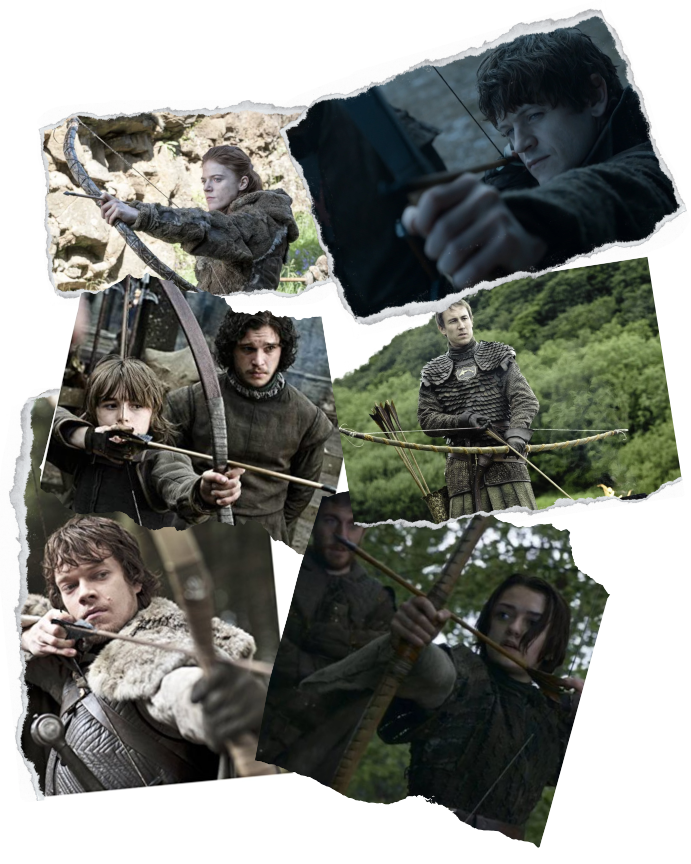
Greetings, Readers… A clean field opens, a breeze crosses the skin, and a bow rises into that light like a living thought. A page turns, a world gathers, and George R. R. Martin’s archers step forward with quivers that carry…
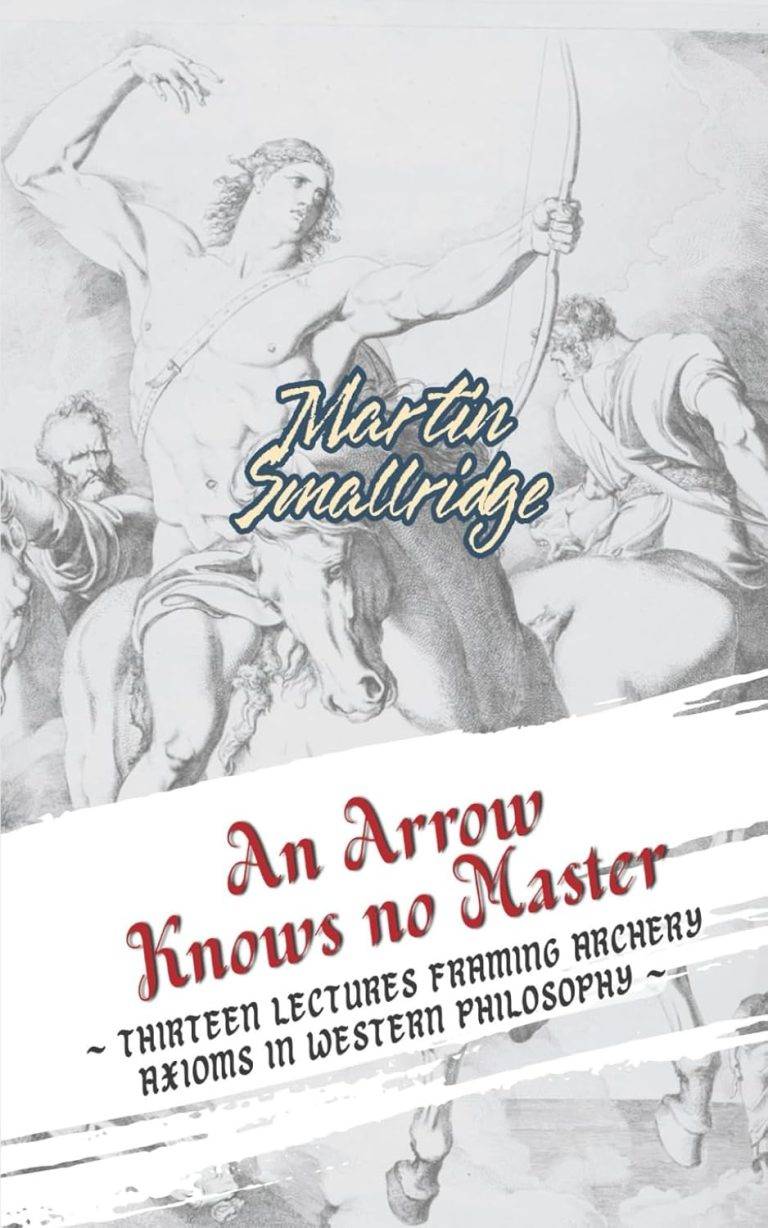
Time walks as my fiercest rival. It gathers more than it gifts and measures each hour with a strict hand, so I stepped straight through that pressure and wrote this book. The seed took hold two years ago as a…
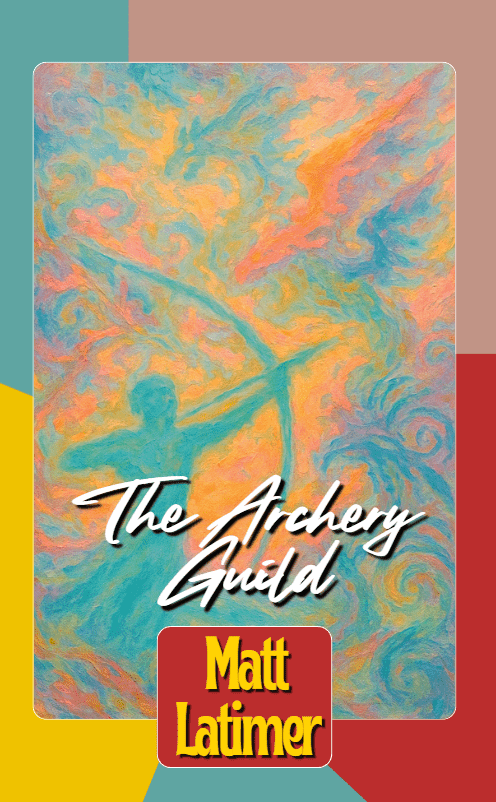
Editorial Review Matt Latimer’s short stories read like late talk around a small kitchen table after rain. You can hear the coat drip in the hall and the kettle sigh. You can see the bow propped by the door, clean…
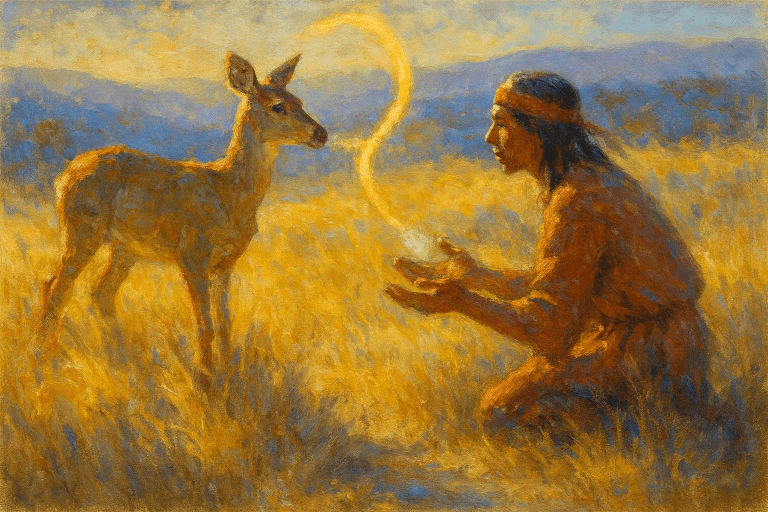
Elders share a winter story from the northern woods. Frost wrote its fine script across alder and birch, and a young hunter walked a corridor of blue light where breath rose like white birds. A doe stood in the hush and faced the hunter with calm eyes that held a country of knowing. The hunter lifted the bow, and the deer spoke across the space in a voice that sounded like river over stones: “Choose kinship or hunger, and shape hunger through kinship.” The hunter lowered the bow, set palm on the ground, and offered a strand of hair, a button, a pinch of meal from a pouch. The doe stepped forward, breathed into the hunter’s hand, and left one slender rib beside the offerings. From that bone came the first whistle for calling, and from that calling came a covenant—the people would eat through an agreement that carried respect in both directions. The deer would give, and the people would give in return, and the land would carry the memory of that exchange in grass, in hoofprint, in human song. Every archery season rises from that early promise: power serves when consent guides it, and meals carry honor when gratitude leads every step.
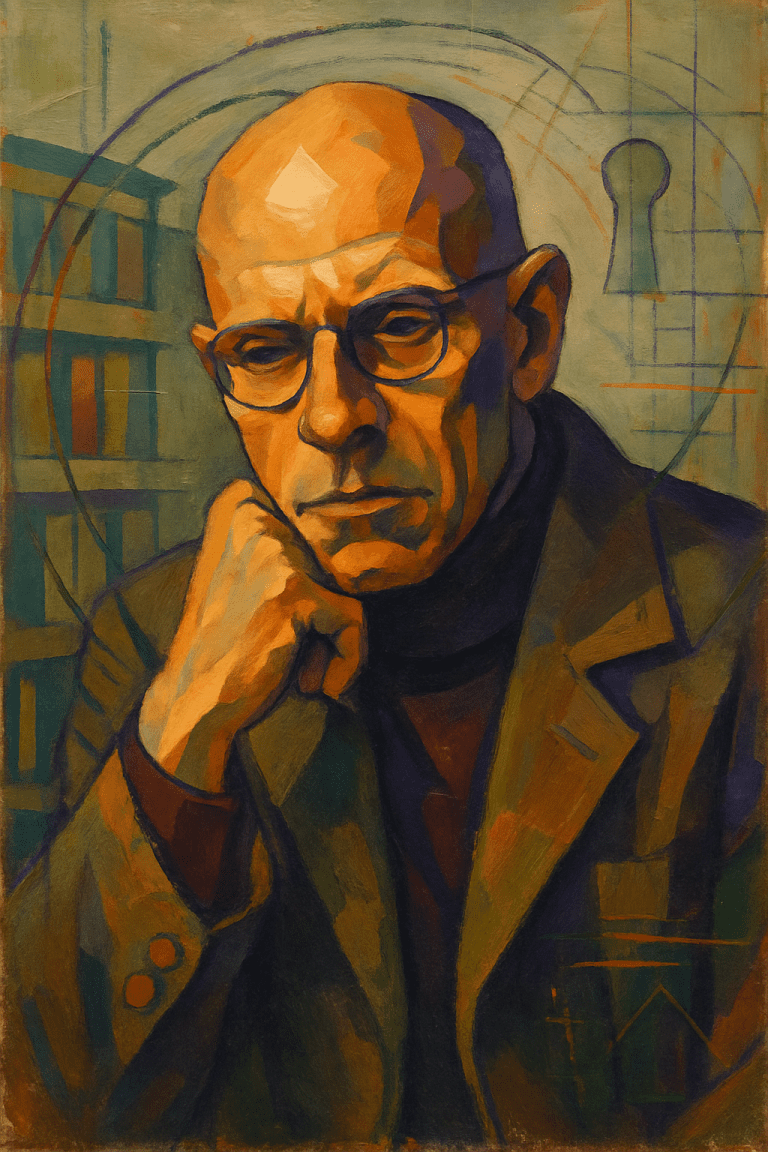
It begins with the heft of a thing in the hand, a weight rising like a question shaped in the palm. The first encounter with a tool that means business—a plane or a chisel—draws the room to attention. The body,…
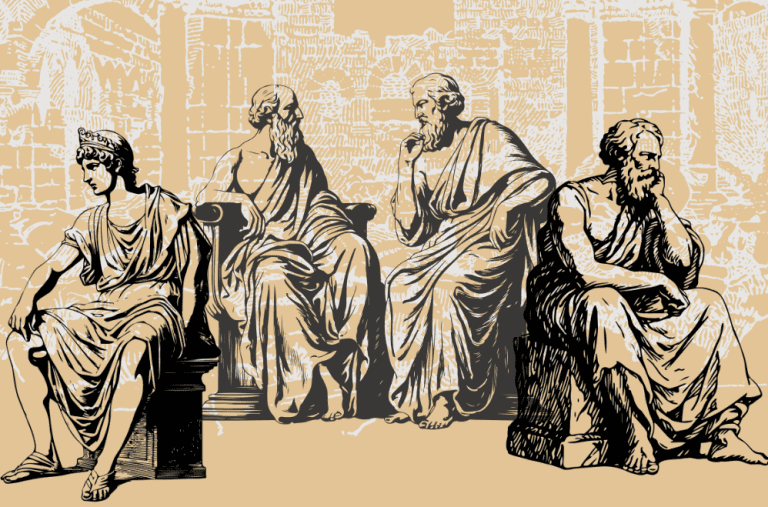
A sage from the auld days, a Roman steady at the helm of his own heart, praised the archer. He watched the draw and saw a likeness for a life well shaped. The whole purpose, the gathered labour of person…
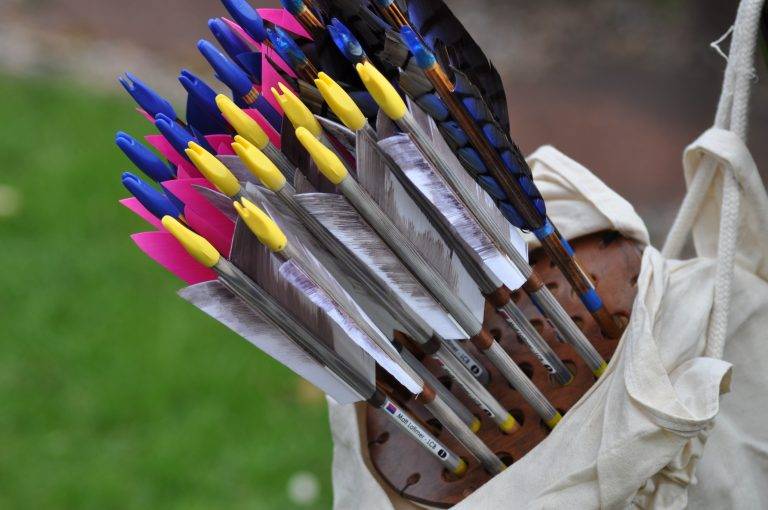
For many of the past eleven years, I have been making my own arrows. This skill has developed little by little over time, as I read various articles, and listened to what other traditional archers had to say. Whilst it…
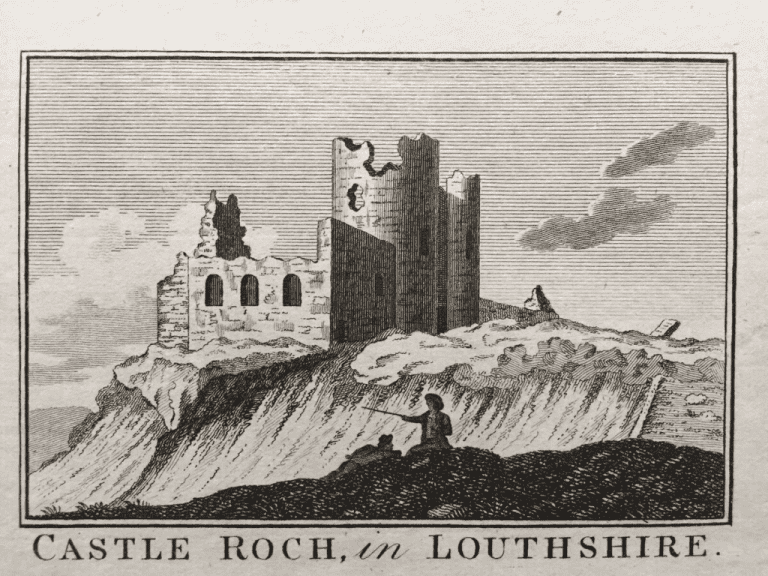
Year of grace 1236 receives a crisp line in the Annals of Connacht, a sentence that carries armed men west with cart, banner, and purpose. Scribes set down the march of the Galls, naming lords, bishops, and kings, a cadence of spears and departures, a ledger where steel, oath, and burial speak in one breath. One world leans upon another across hedgerow and ford, and the record grants that leaning a bright authority. A greater stone rose that same year upon the rough rim of Ulster, a clenched statement of mastery with a woman’s will at its heart, though parchment offered silence where her name should stand. She answered through rock. She signed her life upon a crag that lifts above Louth, a defiant silhouette still blue against evening, a mark that survives every list and every tally. A Latin hand would call it Castellum de Rupe, Castle on the Rock, and that title seals her authorship with a clarity that withstands storm and time.
A house like hers grows from ancient ground. The de Verduns rode from Vessey in Mortaine with the Norman tide of 1066 and pressed on through the marches of Wales toward Irish harbours that smelled of salt and promise. Bertram de Verdun, her grandfather, held the confidence of Henry II and of John. He turned that confidence into acres, into courts, into the kind of revenue that ripens into policy. He crossed with the prince in 1185 and set the line’s anchor where Dundalk greets the sea. Nicholas, his son, sired one heir to receive dominion spread across Staffordshire, Warwickshire, Leicestershire, and Buckinghamshire, with the Irish lordship at Uriel tying sea to shire. That heir, Roesia, understood inheritance as vocation rather than accident. When she joined Theobald Butler in 1225 as his second wife, she looked through the Butler succession and measured her own. Her children would carry the surname that mattered to her line. John de Verdun arrived as testament to that resolve, and the syllables of his name carried a charter’s force. A surname becomes a land when a mind of iron sets the measure.
The life of a lady of that century moved within measured corridors shaped by king, father, and husband. Roesia followed those corridors for a season. Henry III lent personal persuasion to her match, and she honoured the alliance with dignity, bearing children and tending the lattice of families that held the Lordship of Ireland together. Then fate altered the board. Theobald received the summons in 1230, gathered horses and arms, and rode toward Poitou with royal purpose. He died there beneath another sky. Within another year Nicholas also departed the stage. Grief forged a new balance within her and the law offered a name for that balance: femme sole, a woman alone in legal standing, bearer of both burden and advantage. A widow with territories across two realms invites a king’s attention. She answered with treasure rather than supplication. During October 1231 she approached the king with silver for judgment rather than tears for mercy, 700 marks for two prizes: seisin of her patrimony and freedom to choose her own marriage. That figure would clink through any hall. The Exchequer felt the weight, and royal writ answered with grace. By April 1233 the Justiciar in Ireland received order to deliver her lands. She stood with the authority of a magnate and directed her affairs with the steadiness of a steward born to the craft.
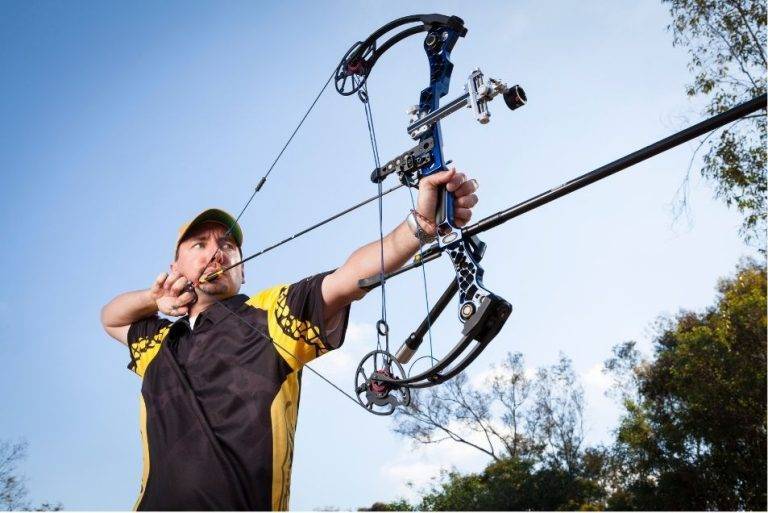
A field course in Ireland carries its own weather with a pulse that travels through boots and bone. Moss feeds stone, wet fern lifts the air, and the path to each peg breathes peat and birdsong. The target waits amid alder and furze like a small moon, pale and sure, and the bow answers with old memory held in the limbs. Every lane whispers a fresh set of laws. Curiosity greets those laws and draws a richer circle with every arrow. A course turns into an instrument, and the archer learns to play it by ear, tuning the shot to the forest’s metre. You hear the stream keep time. You feel the breeze pluck the string. You see light change distance. The ground shapes stance and stance shapes thought, and the whole enterprise gathers a music that rewards patience, craft, and that stubborn Irish delight in hard work done with a grin.
Slope begins the learning. Uphill invites a ribcage that rises and a pelvis that settles so the spine grows long and the shoulders level. Downhill invites knees that soften and heels that claim the earth so the line from back heel to drawing elbow stays true. Hips and shoulders form a steady gate for power to pass through, and that gate grants the draw a clean corridor. Feet choose ground with care: a forefoot that finds purchase on wet root, a mid-foot that rests on shale, a heel that holds on clay. A quiet triangle forms between both feet and the aim, a geometry that steadies breath. Ireland’s banks and ridges reward ankles that sing through the arches. An archer who trusts that song carries balance uphill and down, across boggy patches and shale scars, with the bow sitting easy and the head afloat, alert and glad.
Light writes grammar across distance. Shade compresses space inside a green tunnel; pale foam gathers a halo that stretches the path to the rings; dapple scatters attention like coins. The eye reads edges with greatest ease when a soft glow gathers around a hard line, so a tiny ritual helps. Blink once, glance beyond the lane to a patch of untroubled colour, return to the centre, breathe, and allow the sight ring—or the inner circle of intent—to frame the mark. Vision gathers to a needlepoint again. Field lanes often deliver a trick of magnification when the trees pinch perspective; a deliberate breath resets scale. Recurve and barebow minds favour the memory of a circle; compound minds favour pin, peep, and bubble in gentle accord. Each approach earns clarity through that small ceremony of attention, carried peg to peg like a blessing.

TIFAM 45 by TIFAM Company Limited by Guarantee...

This issue finds us in a changed season. A quietness hangs in the air, a space shaped by the memory of George Shields and the enduring grace of Joan Kennedy-Kelly. We carry their presence still—a warmth that gathers near the…

The Lisowczyks formed as a fierce body of Polish light cavalry, carrying the wild spirit of a mercenary host sustained through spoils of conquest. Brought together in 1607 as a soldierly confederation under the command of Aleksander Józef Lisowski, they drew their name from his—his legacy shaping their banner long after his death. Their allegiance lay with the Commonwealth, though coin never reached their hands; sustenance came through spoils alone. They struck into towns and villages across enemy lands, tearing through stone and spirit alike, burning, seizing, and destroying with furious purpose. Churches and monasteries yielded no sanctuary. Their passage carved terror into the lives of the innocent. In the Czech lands, long after the company ceased, mothers carried tales of Lisowszczyks to frighten children into obedience, casting them as creatures of fire and blood, unmatched in malice. Their vanishing defied a single date—by the mid-1620s, they drifted from the field, their once-unique imprint fading into the broader chaos of war.
In form and function, the Lisowczyks mirrored the shape of Polish cavalry from their day. Each unit bore the name of a banner, often numbering between one hundred and four hundred men. These banners gathered comrades—bannermen—and footsoldiers alike. Alongside them rode unattached servants, who, though second in status, frequently joined the fight. Yet a crucial difference marked them from the Polish standard: the Lisowczyks chose their own colonels from within their ranks.
They surged through Europe as the swiftest warriors of their time, rivalled only by the relentless Tartars. In one stretch of daylight, they could cover one hundred and sixty kilometres—four times the range of the most agile forces of the age.

We like our archers graceful, all clean lines and poised stillness. We imagine a certain elegant geometry of the human form, a partnership between body and bow. History, however, keeps its own accounts, and they tell a story etched in warped bone and strained sinew. The body of the true war archer was a thing remade, a specialised engine of violence. Skeletons recovered from the wreck of the Mary Rose and other medieval sites show us the truth: men with thickened left arms, distorted spines, and grotesquely enlarged joints around the left wrist, left shoulder, and right hand. This is the physical receipt for a lifetime of devotion, a process begun in childhood, with boys as young as seven learning to pull the string.
They were training to master a beast. The draw weights of English war bows were immense, starting around 90 pounds-force and soaring to a staggering 160 or even 180 lbf. This is a force that few modern men could command once, let alone for the duration of a battle. The technique itself was a full-body agony. The 16th-century bishop Hugh Latimer described how an English archer “laid his body in the bow,” a visceral image of a man pressing his entire weight into the stave, a human press converting flesh and bone into projectile energy. This was the price of admission to the world’s most devastating ranged infantry.
The archer’s body became a living testament to the bow’s demands, a beautiful and terrible asymmetry. The true, unvarnished history of our craft is a story written in this strange ink of sinew, bone, and poison; enforced by absurd laws; and etched into the very skeletons of its masters. It is a history of humanity’s darkest and most brilliant impulses, all converging on a single, pointed end.

Even caked in dirt and gore, Evander Penrose held a fierce stalwartness. It was something sharp, striking in its vividness, like lightning breaking out from the grasping currents of darkness, thought Mercy as she watched him. The so-called demigod sat,…
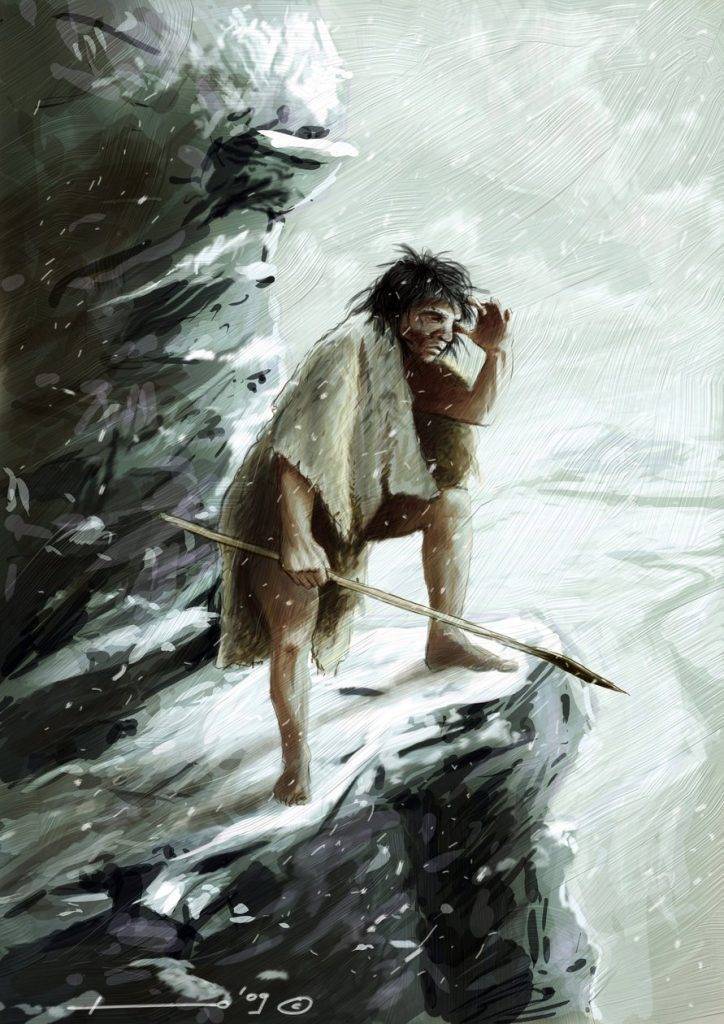
This piece stands as the third in a quiet unfolding—a sequence of essays sparked by our recent gathering in the New Ross Library, where voices met to trace the long memory of the bow. The first emerged from our reflections…

XIII Arrows whipped through the air. Maytoni soldiers along the north wall fell with cries of a new attack ringing out. Sharp whisps burned through the air, those not stopped by soldiers on the wall arcing down into the north…

A hush settles in, a quiet breath drifting through the vast expectant cinema as the first glint of dawn appears on screen and paints Panem in a fresh, solemn glow. The Hunger Games: Sunrise on the Reaping unfolds with solemn…

There are stories that feel true because we want them to be. Stories of a clean end, a single, meaningful moment that cuts a life’s thread. A hero stands against the odds, and a fatal, well-aimed arrow finds him. It’s…...

I have a friend from Kyiv who is an archer. She and I met in China during an archery event there back in 2018. She was part of a Ukrainian team of five, and the Irish team of five, of…...